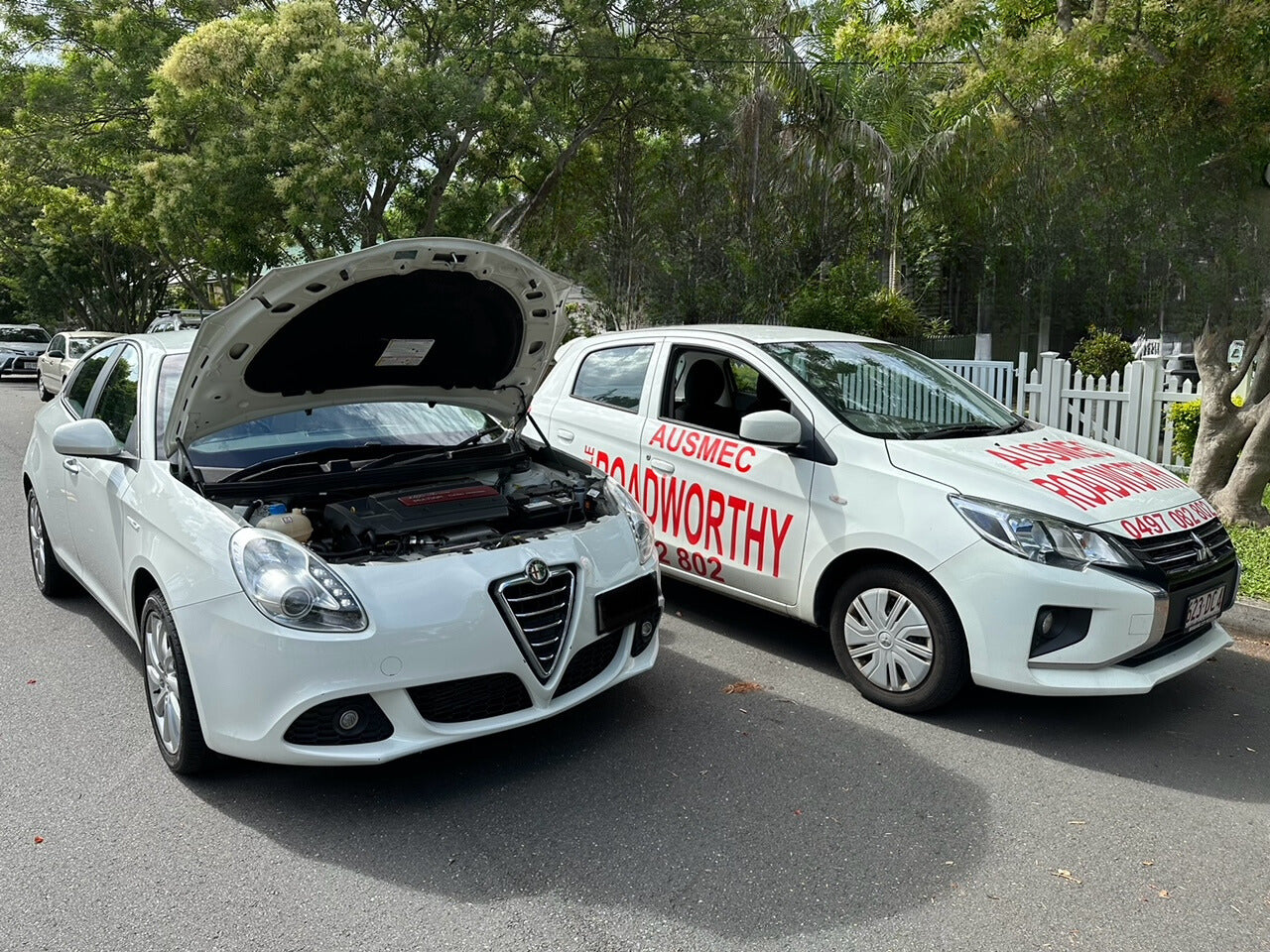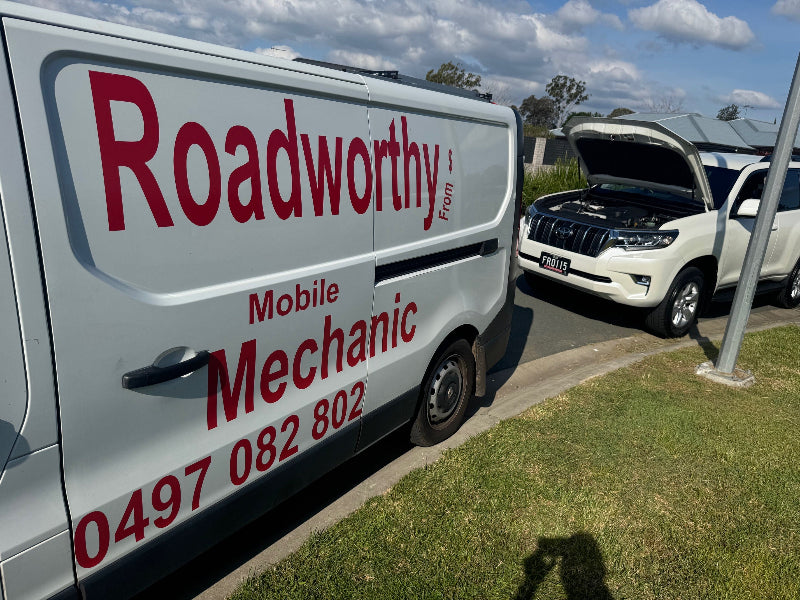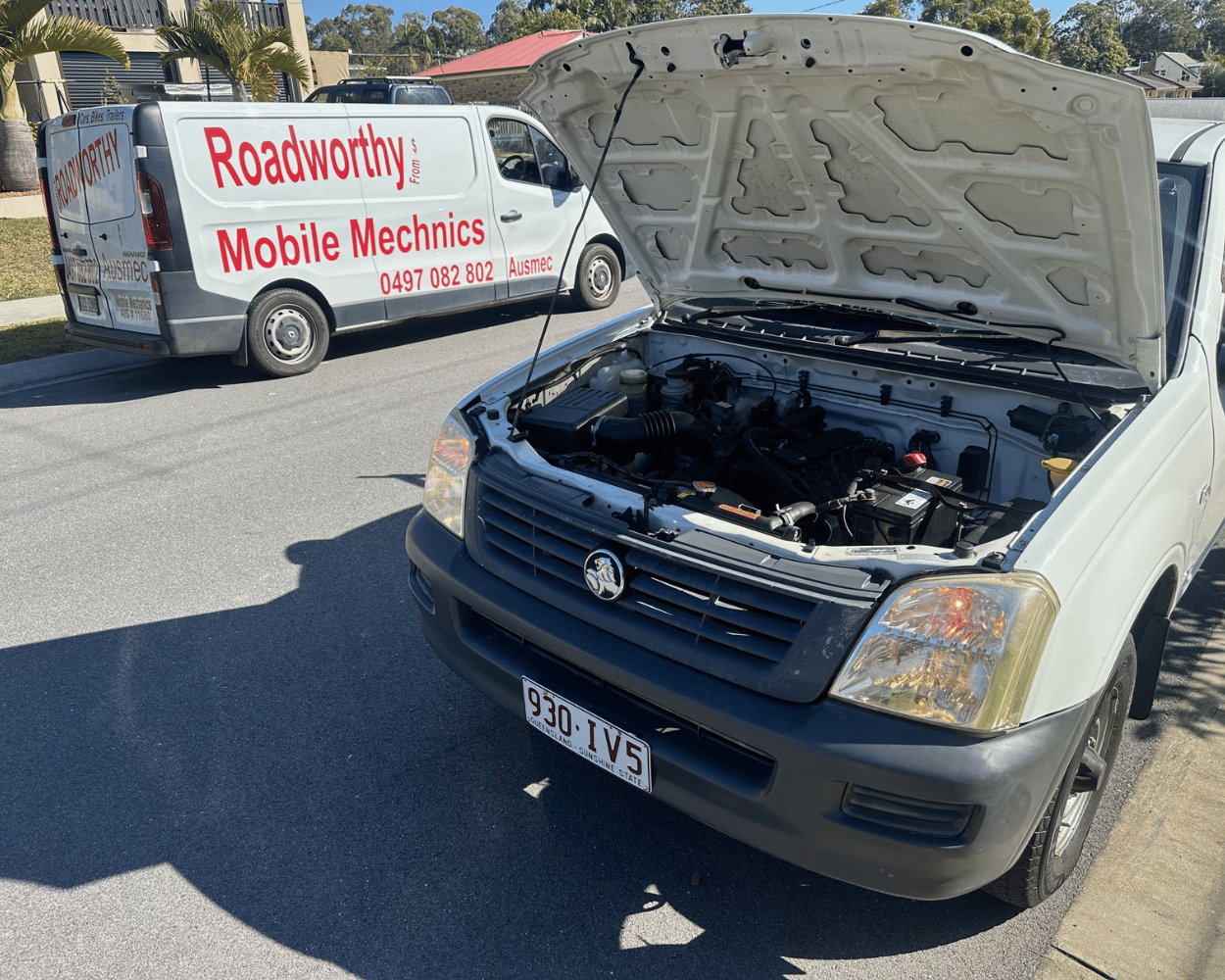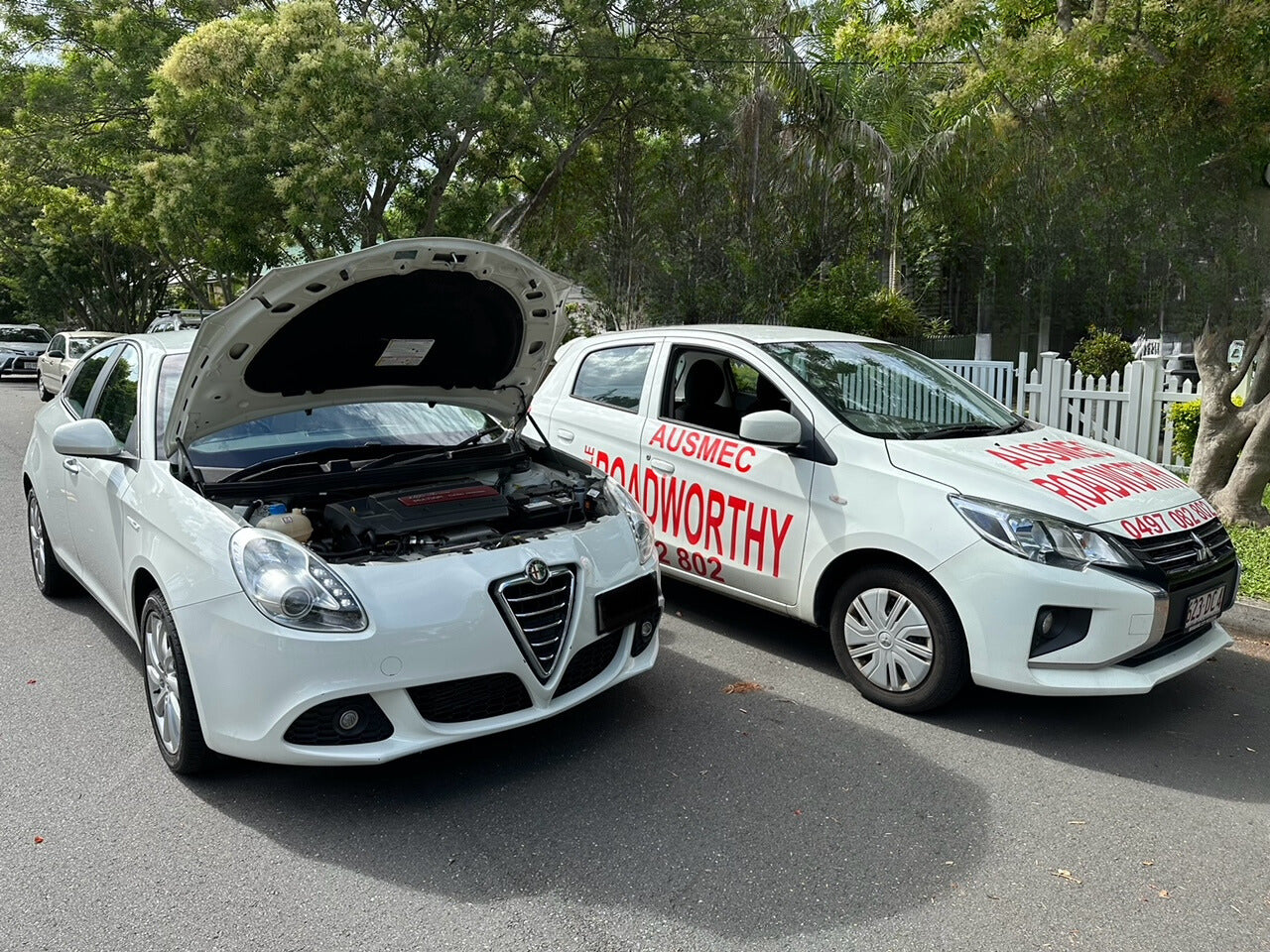Vehicle identifier issues

Vehicle Identification issues : Ensuring Authenticity and Registration
Vehicle Identification issues, In Queensland, as mandated by the Queensland Light Vehicle Inspection Manual (QLVIM) and various relevant legislative acts (such as the Transport Operations (Road Use Management) Act 1995 and its associated regulations), the meticulous inspection of vehicle identifiers is not merely a procedural step but a cornerstone of road safety and crime prevention. At Ausmec, our TMR-approved examiners approach this critical aspect with unwavering diligence, understanding its profound implications for vehicle integrity and public security.
Ausmec examiners begin by thoroughly scrutinizing the primary Vehicle Identification Number (VIN), which serves as the vehicle's unique fingerprint. This involves cross-referencing the VIN displayed on the vehicle itself (typically on the chassis, firewall, or dashboard) with official documentation, including the vehicle's registration papers and any prior inspection certificates. This multi-layered verification process plays a crucial role in several key areas:
1. Combating Vehicle Crime: A Proactive Stance Against Illicit Activity - Vehicle identifier issues
The primary objective of verifying VINs is to unequivocally combat vehicle crime. Each year, countless vehicles are stolen, re-identified, and re-sold into the legitimate market. By rigorously checking the VIN against state and national databases, Ausmec examiners act as a vital frontline defence. Any discrepancies – such as a VIN that appears tampered with, does not match the vehicle's make or model, or has been reported as stolen – are immediately flagged. This vigilance helps to:
- Prevent the use and registration of stolen vehicles: A vehicle with an altered or suspicious VIN cannot legitimately pass an inspection, effectively blocking its re-entry into the legal vehicle pool.
- Ensure the vehicle's identity matches official records: This process helps to unearth "rebirthed" vehicles (where a stolen vehicle is given the identity of a written-off vehicle) or vehicles that have been illegally imported or modified without proper documentation.
- Deter fraudulent activities: Knowledge that VINs are stringently checked by Approved Examiners acts as a significant deterrent to individuals attempting to exploit the system for illicit gain. Our examiners are trained to identify subtle signs of VIN tampering, such as grinding marks, re-stamping, or the presence of incorrect fasteners or materials around the VIN plate area, upholding the integrity of the vehicle registration system.
2. Ensuring Compliance and Safety: Upholding Queensland's Road Standards - Vehicle identifier issues
Beyond crime prevention, the verification of vehicle identifiers is instrumental in ensuring compliance with Queensland's stringent safety and administrative standards. The VIN is intrinsically linked to the vehicle's initial manufacturing specifications, recalls, and registration history. By confirming registration details and the VIN, our examiners ascertain that:
- The vehicle is properly registered: An inspection ensures that the vehicle's identity corresponds with its current registration status, preventing unregistered or fraudulently registered vehicles from operating on public roads.
- The vehicle meets current safety standards applicable to its original design: While the physical inspection checks current safety features, the VIN confirms the vehicle's original classification and compliance with Australian Design Rules (ADRs) at the time of manufacture. This is particularly relevant for unique or heavily modified vehicles, where a correct VIN is essential for tracing historical compliance.
- Authenticity of components: In some instances, the VIN can help identify if major components (e.g., engines, chassis) have been changed and whether these changes are reflected in official records and comply with modification guidelines.
At Ausmec, our commitment to meticulously examining vehicle identifiers transcends mere procedural compliance. It embodies our dedication to contributing significantly to a safer and more secure driving environment for all Queenslanders, rigorously upholding the standards set forth by the Queensland Light Vehicle Inspection Manual and the State's robust legislative framework. Vehicle identifier issues, no matter how minor, are treated with the utmost seriousness, as they represent potential threats to public safety and the integrity of the vehicle registration system
Extra information on some RWC rules :
Background, Seats and Restraints, Lamps lights and Electrical, Windscreen, Body chassis and frame, Tow Couplings, Steering and Suspension, Wheels and Tyres, Brakes, Engine driveline and emissions, Vehicle safety Features, Vehicle Identification, Modifications, Road Test, Motorcycle RWC Standards,
Contact form
Ausmec Mobile RWC & Mechanics
Mobile Roadworthy (Safety certificate)
Share




